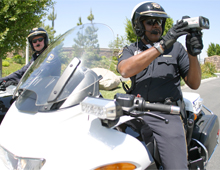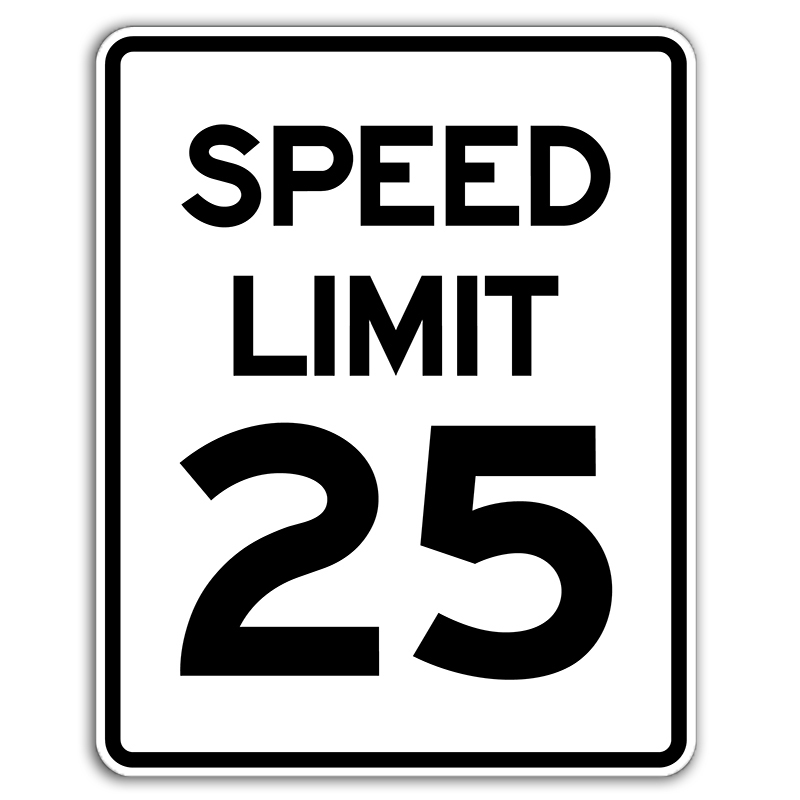Speed Limits in the City of Riverside
Published: 12/20/2018

Speed limits are vital in maintaining our roadways and keeping you safe. In Riverside, the city itself determines speed limits based on data collected through engineering and traffic surveys.
To ensure that speed limits are enforceable by the Police Department and can be upheld in a court of law, engineering and traffic surveys need to be carefully conducted following strict procedures defined by California law.
The California Vehicle Code establishes default speed limits for areas that meet specific criteria for certain classifications.
For example, alleyways have a speed limit of 15 mph and residential areas and school zones where children are present have a speed limit of 25 mph. Several factors determine whether specific street segments qualify for a residential district designation. Roadway classification, residential density, length of roadway and width of roadway all affect classification. The default speed limits apply unless:
- The City has changed the speed limit according to State guidelines
- The City has posted signs to alert drivers of the change

For streets that have been classified as an arterial, collector or local roadway not meeting default criteria, city engineers use engineering and traffic surveys that include measurements of actual speed on the roads in question. Using a calibrated radar device, engineers record speeds of free-flowing traffic to ensure typical unobstructed speeds are obtained and are performed outside of congested peak commuting times to avoid skewing the speed measurements.
A typical survey includes data from 100 vehicles, which is then entered into software and plotted to determine the 85th percentile speed, also known as the critical speed. This number represents the speed at which 85% of motorists are driving at or below. This number is then rounded to the nearest 5mph increment and becomes the posted speed limit.
If, however, a roadway has unusual conditions such as a slope or a history of elevated accident rates, city engineers have the option to round down instead of up to the nearest 5 mph increment. Such reductions must be justified and documented on the engineering and traffic survey.
State law requires city traffic engineers to set speed limits relative to the critical speed. The city’s neighborhood traffic management program offers additional support by identifying potential traffic-calming measures such as speed feedback signs, curve extensions and narrowed vehicle lanes to aid in managing travel speeds on city streets.
The Riverside Police Department also provides targeted enforcement in problem areas to deter excessive speeding above posted limits.
The City of Riverside continuously works to follow state laws to set speed limits that are reasonable, enforceable, effective and safe.
Find more stories about the City of Riverside in the latest edition of Explore Magazine


